When we decided to plan our trip, we only knew two things about Malta: it was supposed to be beautiful, and it’s easy to reach from Sicily. Of course, that says almost nothing about this gorgeous island chain, its ancient history, its unique architecture, or the fact that basically everything there is breathtaking. During our four days in Malta, we learned quite a lot—much of which surprised us. Here are a few things worth knowing before visiting Malta island.
Malta is tiny
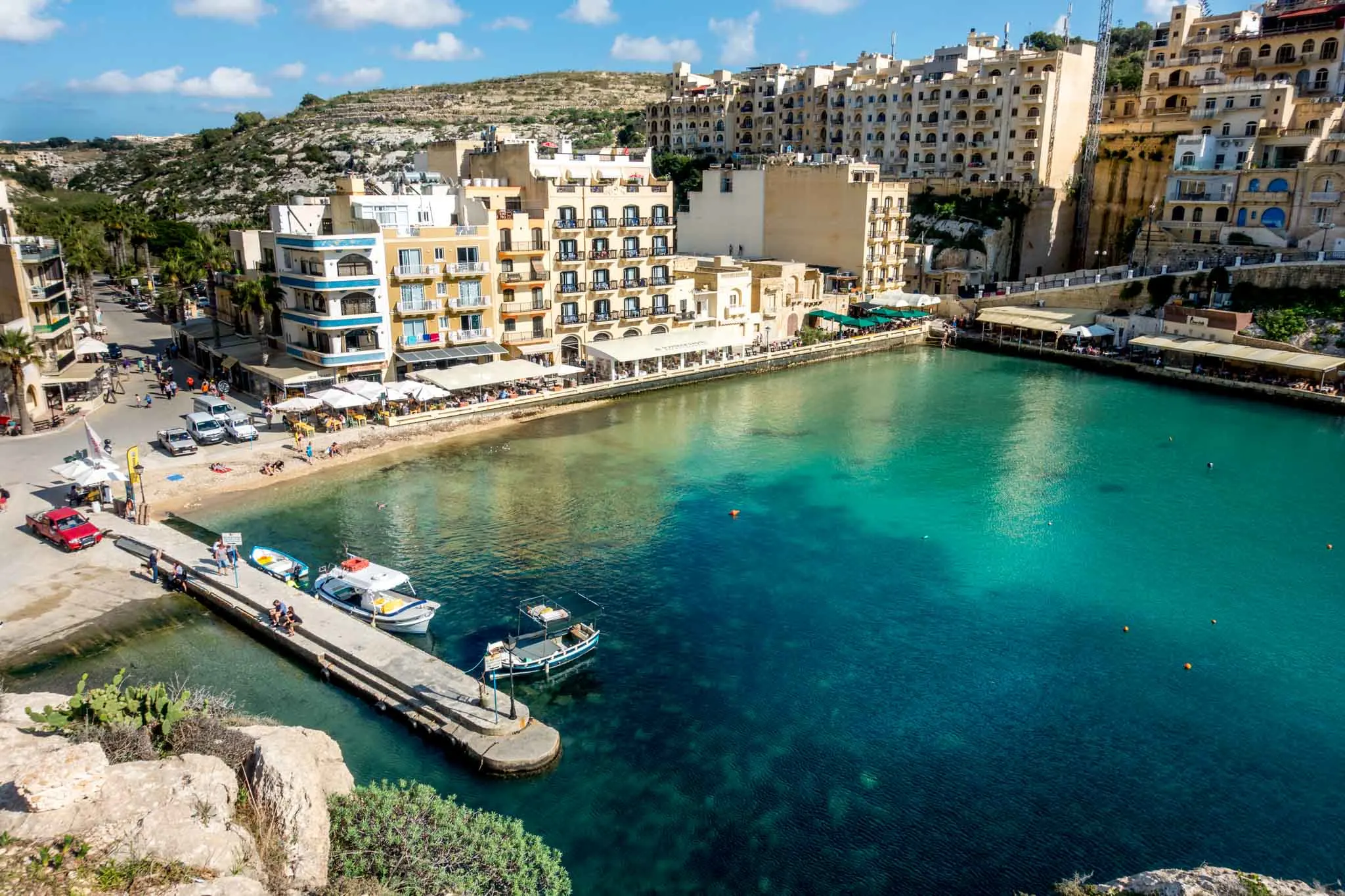
Malta is one of the smallest countries in the world, and it’s not high on the radar of most people in North America. In fact, more than one person has asked us where Malta is (one acquaintance even wanted to know what Malta is), and we had to look it up on a map ourselves.
So, a quick geography lesson. Where is Malta? Malta is in the central Mediterranean Sea 50 miles south of Sicily, 176 mi east of Tunisia, and 207 miles north of Libya. That means it’s quite close to both Western Europe and North Africa.
The other thing to know about Malta is that it’s an archipelago—a chain of seven islands. The main island is Malta, which is home to about 400,000 people. Gorgeous Gozo has a population of about 35,000, while 3 people live on Comino. The other four islands aren’t inhabited. Altogether, the islands are only 122 square miles, or 10% the size of Rhode Island.
The country has an ancient history
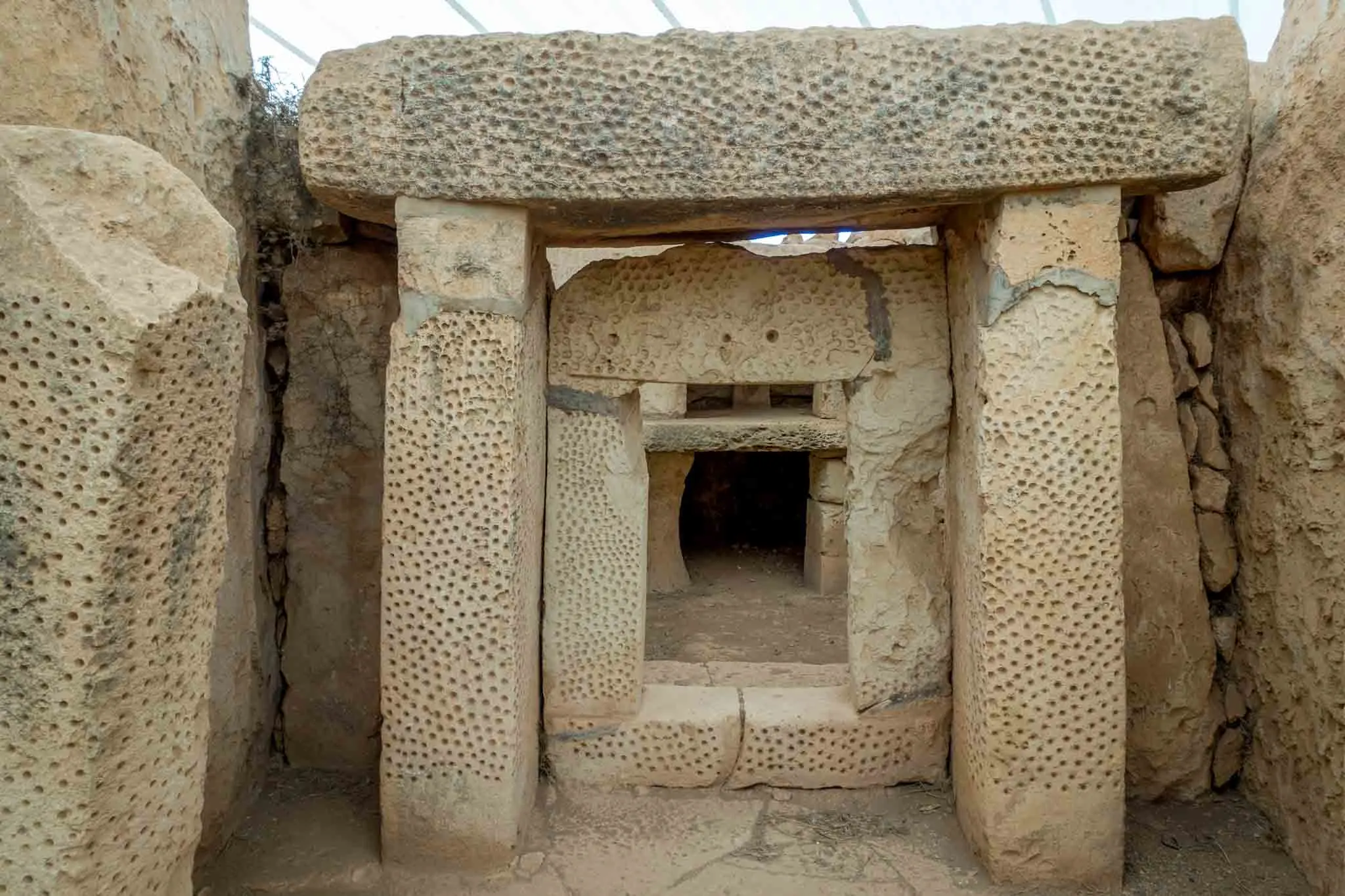
Built around 3600BC, the Megalithic Temples of Malta are the second-oldest structures in the world. Amazingly, they’re as much as 1000 years older than the Pyramids at Giza and Stonehenge and about 300 years older than the passage tomb at Newgrange.
The temples on Malta were part of a ceremonial site in a fertility rite while the exact function of the temples on Gozo is unknown. Even though information about the purposes of the temples is limited, the fact that these ancient structures still exist at all is remarkable.
Britain had a strong influence in Malta
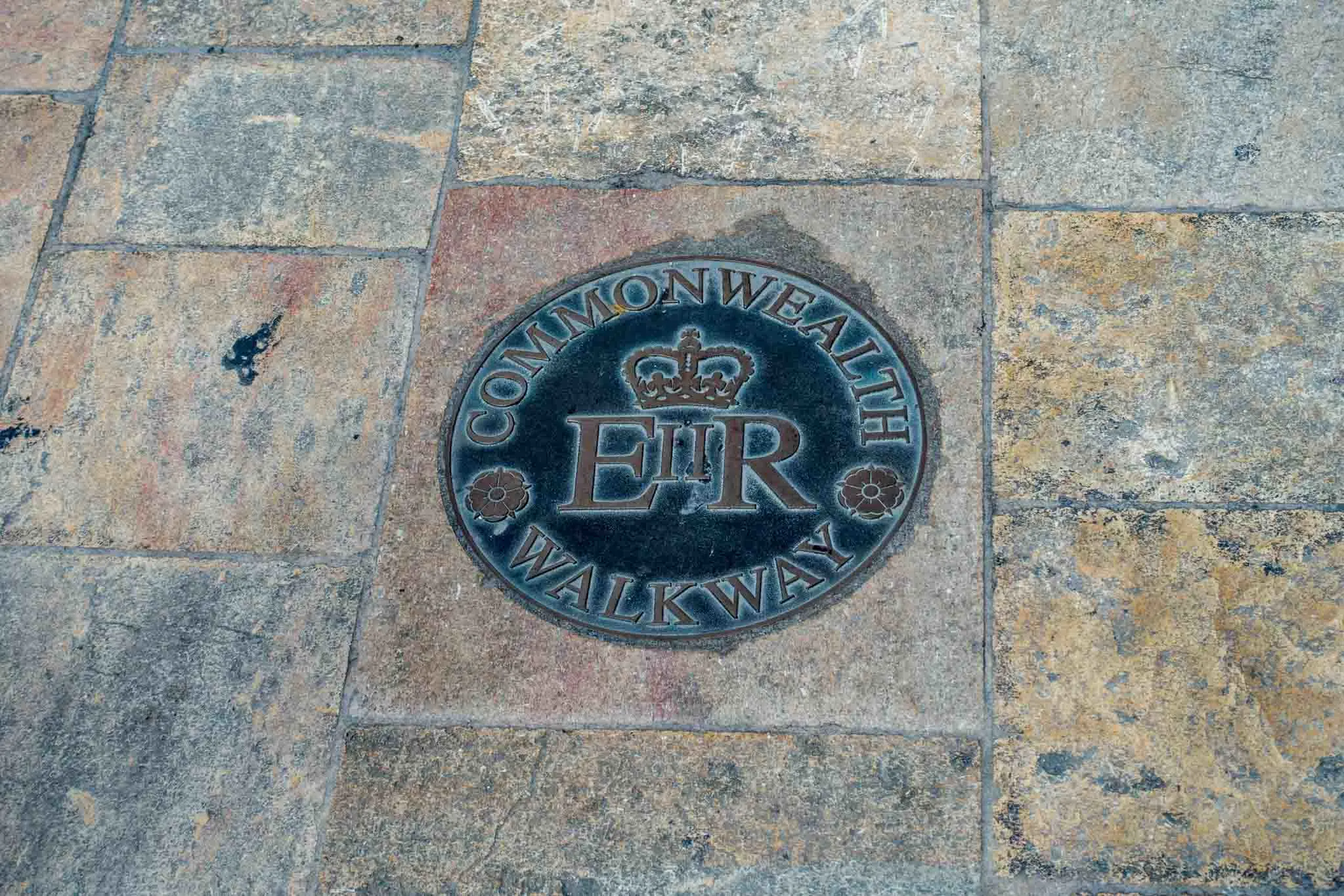
Malta was part of the British Empire for 150 years from the Treaty of Paris in 1814 until it declared its independence in 1964. Even after that, Queen Elizabeth II remained the head of state for another 10 years until Malta became a republic.
The English influence is still everywhere—the Maltese drive on the left, beer is sold in pints, and you can even find the traditional red British phone booths on Malta and Gozo. Most important for visitors, English is the joint official language with Maltese.
There are a lot of people in a small space
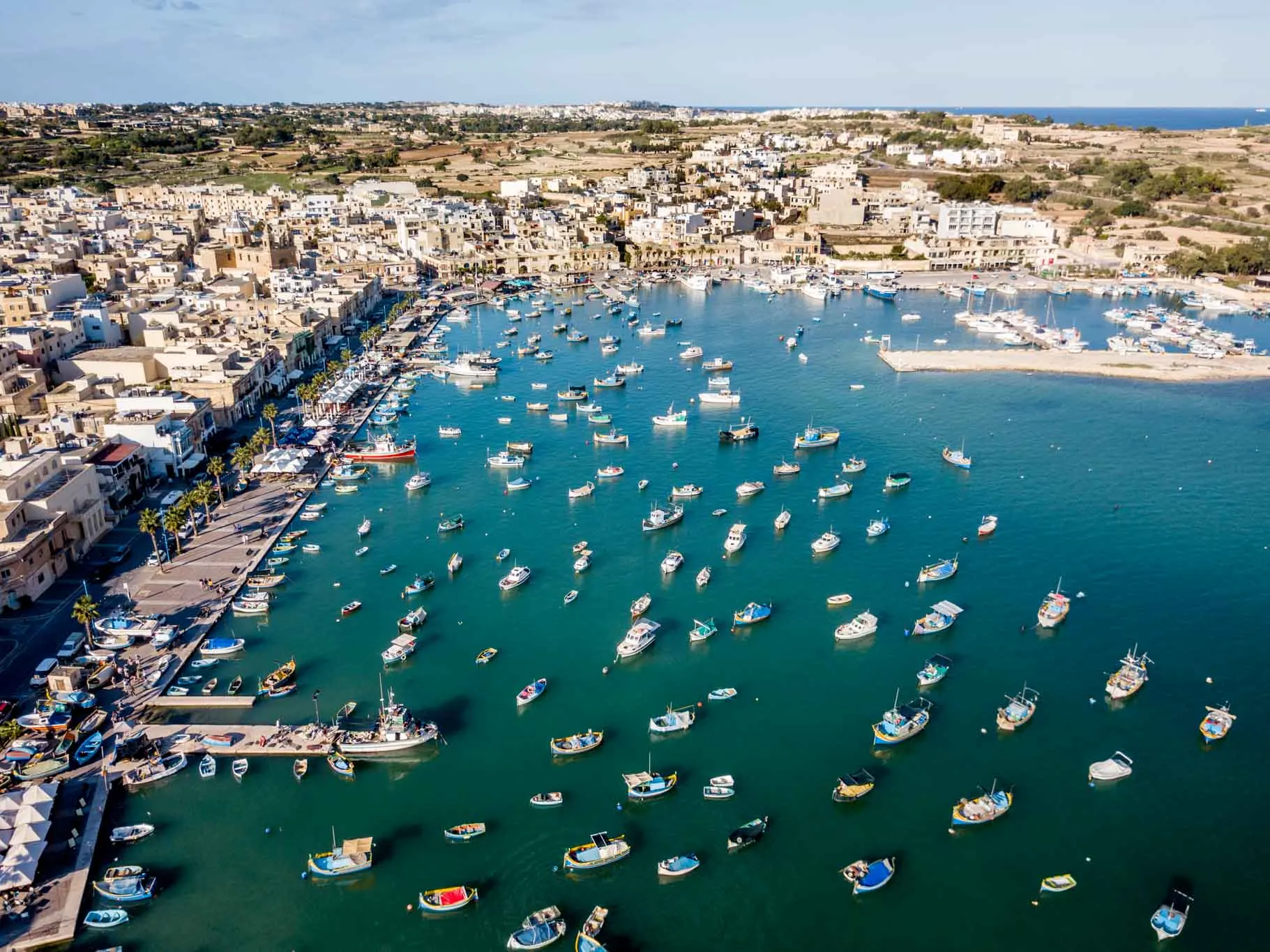
Malta is one of the most densely populated countries in the world, and the number of tourists is growing every year. Most of the time, it didn’t feel that crowded…until we tried to go somewhere.
Traffic jams in Malta—especially in Valletta—are no joke, so that has to be factored in whenever you’re trying to get somewhere at a certain time (like the ferry to Gozo). Getting around by bus isn’t much easier because when the buses fill up, they bypass certain stops and another one may not come for 20-30 minutes. Getting around is manageable but requires planning and lots of flexibility.
Churches are elaborate
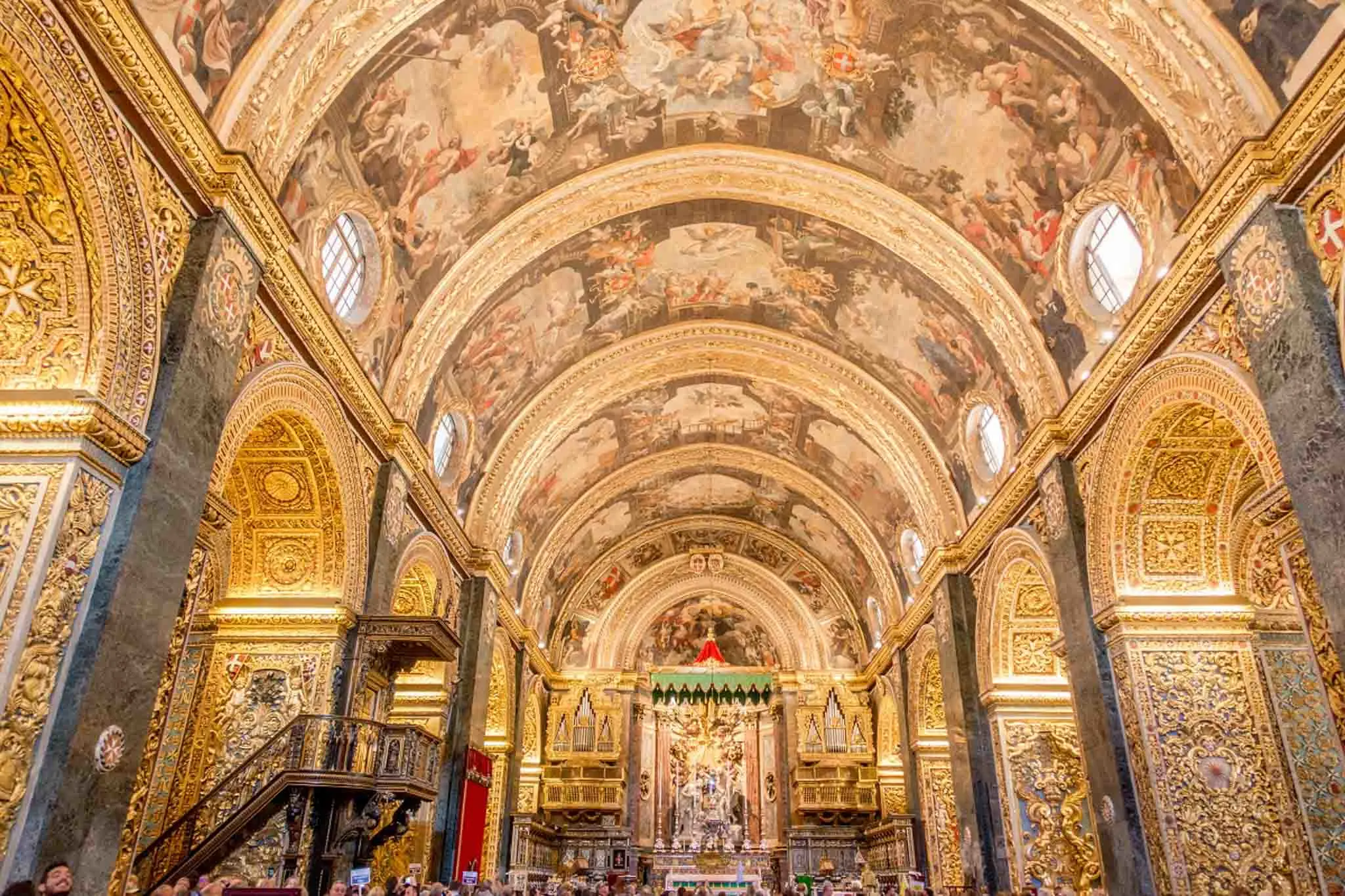
Malta likes to say it has a church for every day of the year. In reality, the number may be a handful shy of 365, but that’s still a huge number of churches for such a small country (more than 3 per square mile). And these aren’t basic churches. The ornate interiors of churches in Malta blew us away.
On our first day, we visited St. John’s Co-Cathedral in Valletta, Malta’s capital city, which made us rethink our previous definition of “ornate.” Seemingly every inch of the grand cathedral is covered in gold, scrollwork, colorful carving, or detailed painting (and sometimes all four at once). And that’s just one example of many.
Pastizzi reign
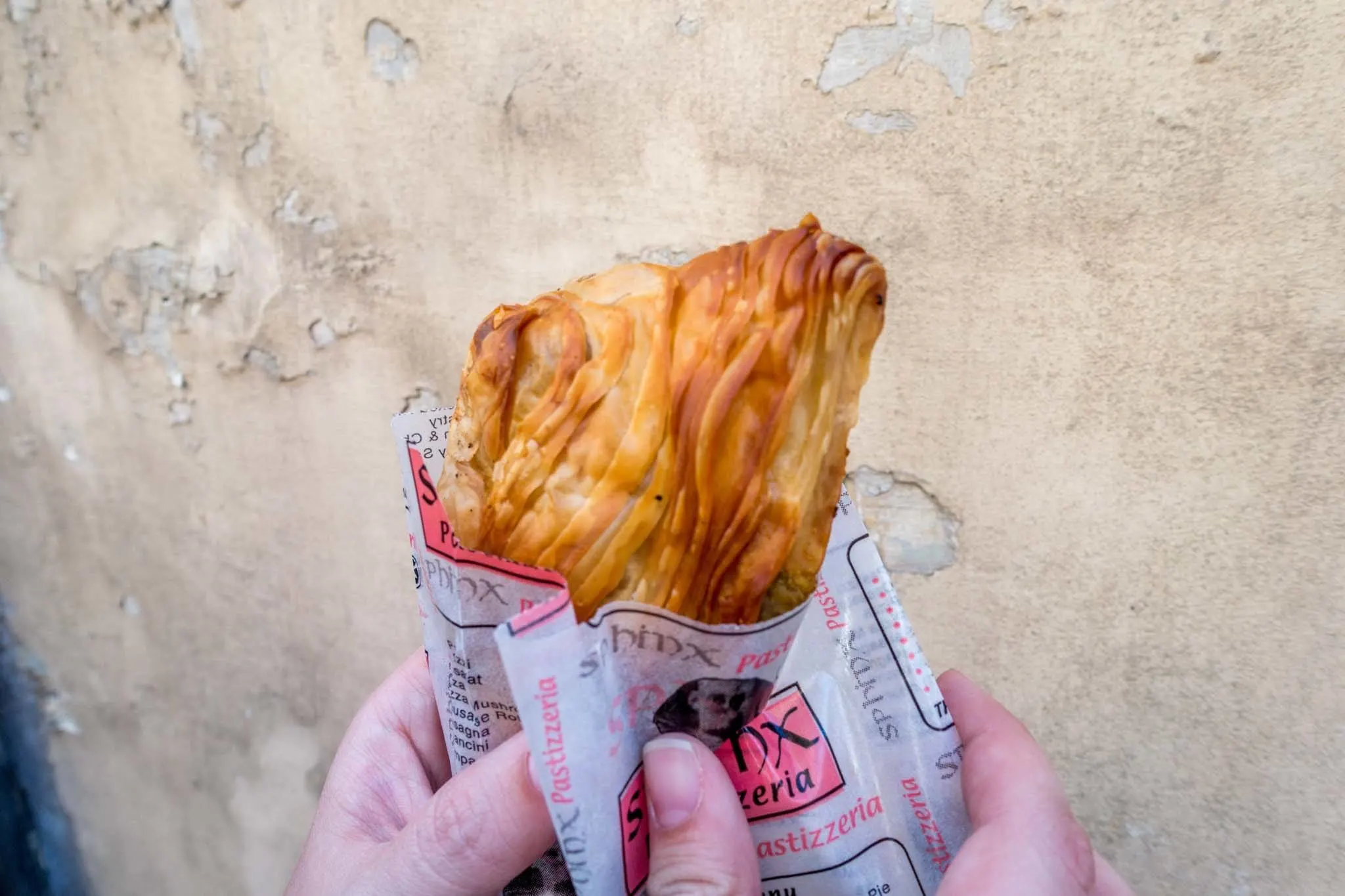
Maltese cuisine is unique—a blend of Mediterranean, northwest African, and English. We sampled as much as possible in our week in the country.
The favorite Maltese snack quickly became our favorite, too. The simple pastries called pastizzi are flaky crusts similar to phyllo filled with ricotta or mashed peas. They’re always eaten with your hands and sometimes on the go, so locals will look at you oddly if you ask for silverware, even if you’re at a pub and the pastizzi are huge and piping hot.
Balconies are everywhere on Malta island
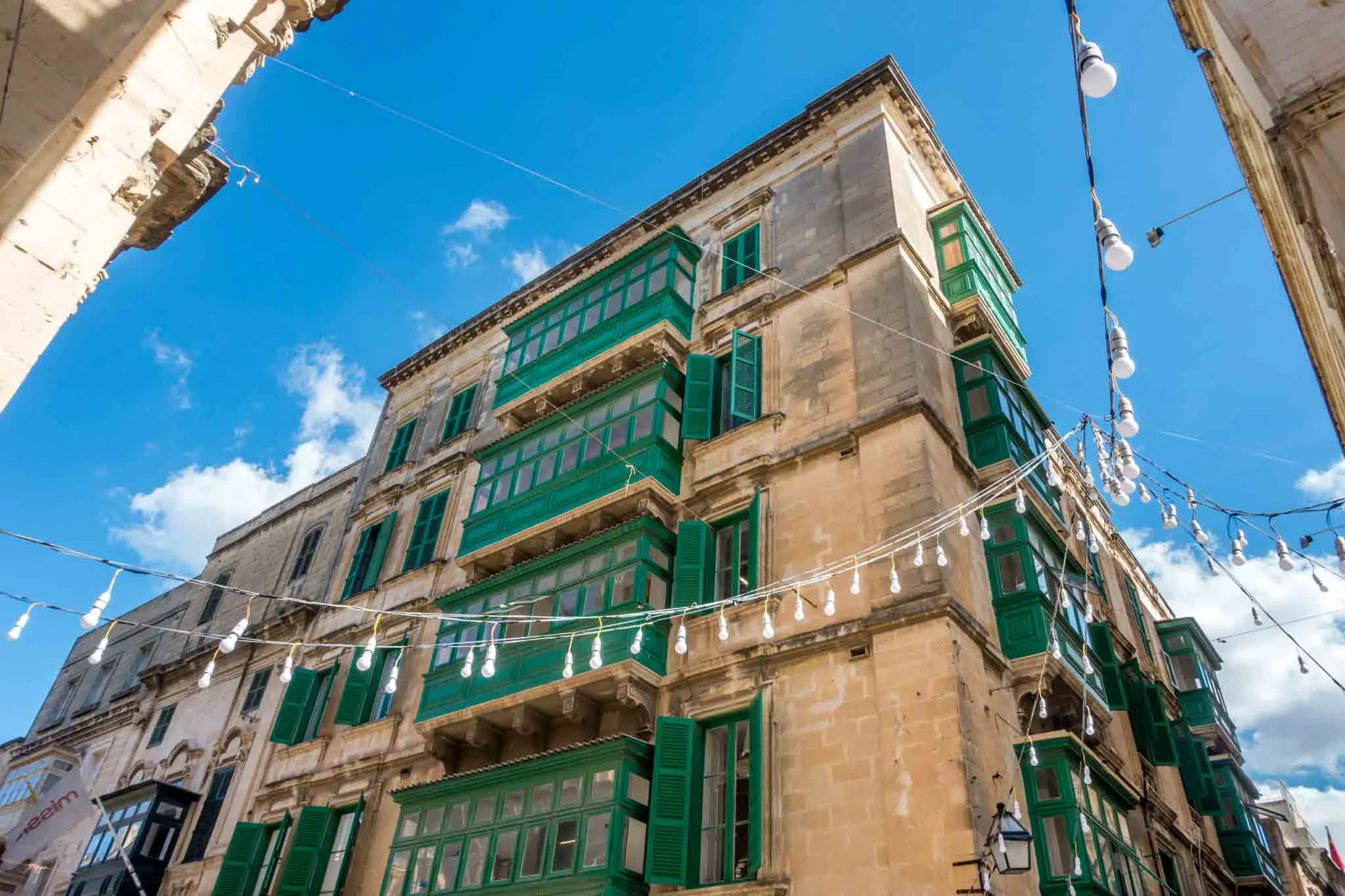
Nearly every street in Malta is lined with houses that have colorful enclosed balconies. The effect makes it feel like you’re walking through Renaissance-era Venice.
The history behind the balconies is a bit murky. Some sources say that they arose in the last part of the 17th century as the Baroque movement spread in Europe. Others attribute it to the Arab influence where woman were not to be seen. Either way, the balconies contribute to the feeling that Malta is a place like no other.
Malta is a living movie set
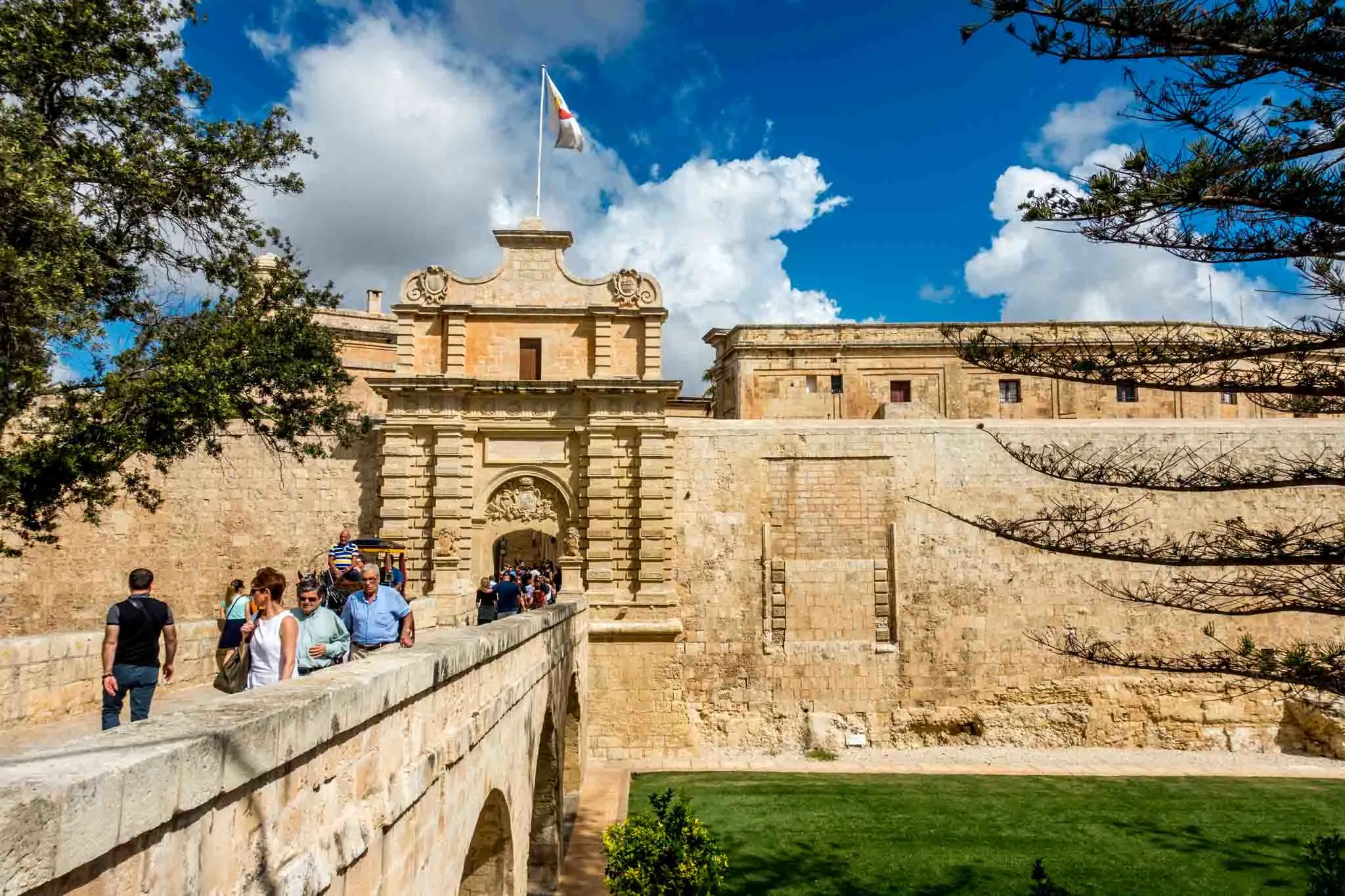
Malta has unique architecture, dramatic landscapes, and stunning coastline, plus it’s relatively obscure. This combination of exceptional features makes Malta the perfect stand-in for other locations modern, historical, and fanciful.
Malta has appeared as ancient Greece, Rome, and Egypt in movies like Gladiator and Troy. It’s been the location of the Red Keep and other locations in Game of Thrones. The set of the Robin Williams movie Popeye has even been turned into a permanent theme park on the island’s north end. Just a few minutes driving around the island will make it clear why so many movie studios thought this was the place to be.
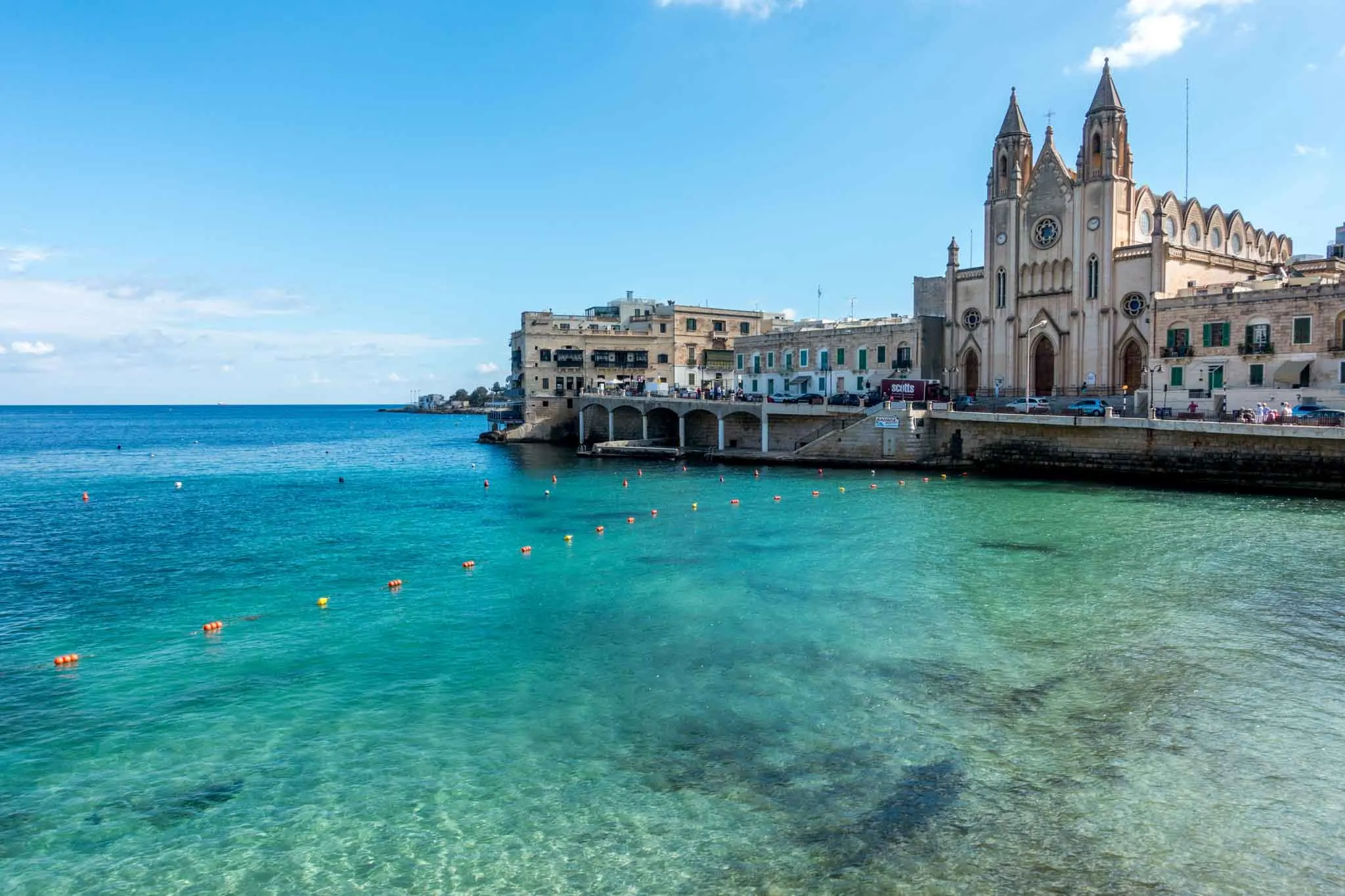
Where to stay in Malta
Tourists stay in three primary areas in Malta—Valletta, Sliema, and St. Julian’s.
Valletta—If you’re interested in history and culture, Valletta may be the best place for you to stay in Malta. Nightlife here is more limited than in some other neighborhoods. There are unique boutique hotel options like the modern SU29 Hotel.
Sliema—This quiet, more residential area still has a great selection of restaurants and shops and a lovely promenade. The 4-star Victoria Hotel features a rooftop pool and luxury spa, and it is just 5 minutes from the promenade. The highly-rated Palazzo Violetta is a great value and offers free parking at their modern studios and suites, so it’s great if you have a car. Some rooms come with kitchenettes and 40″ flat screen TVs.
St. Julian’s—St. Julian’s (particularly Paceville) is known for its nightlife, but it’s great during the day as well with lovely views along the water and lots of restaurants to choose from. We stayed at the Malta Marriott Hotel & Spa, which is quiet and has an amazing rooftop pool.
Laura Longwell is an award-winning travel blogger and photographer. Since founding Travel Addicts in 2008, she has written hundreds of articles that help over 3 million people a year get the most out of their travel. In that time, she has visited nearly 60 countries on 5 continents, often returning to favorite destinations over and over again. She has a deep love of history, uncovering unexpected attractions, and trying all the good food a place has to offer.
In addition to Travel Addicts, Laura runs a site about her hometown of Philadelphia—Guide to Philly—which chronicles unique things to do and places to see around southeastern Pennsylvania. Her travel tips and advice appear across the web.

Maureen kershaw
Friday 20th of September 2019
Absolutely love Malta, part of my family come from Malta through my great great grandfather marrying a Maltese lady. It’s a beautiful island and it’s a joy learning new things about its history every time I’ve visited which is up to three times a year and I’m seriously thinking of living there perminantly
Mrs Kay Battams
Tuesday 17th of September 2019
Go every year How things have changed since they have been in Euro.
Robert Borg
Sunday 3rd of September 2023
@Mrs Kay Battams, Yes I agree maybe not for the better I grew up in Malta in the seventies and went back for a visit in 2019 It felt as though the Maltese culture was slowly disappearing
Hellen
Friday 16th of August 2019
Going back to Malta for 6th time with my new family
Christy
Monday 25th of March 2019
Thanks for the advise.cant wait eat that crusty pastry
John M. Grima
Thursday 7th of December 2017
A great review of the Islands of Malta. I am so glad you liked it. Keep up the good work.